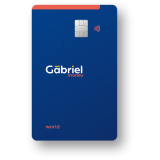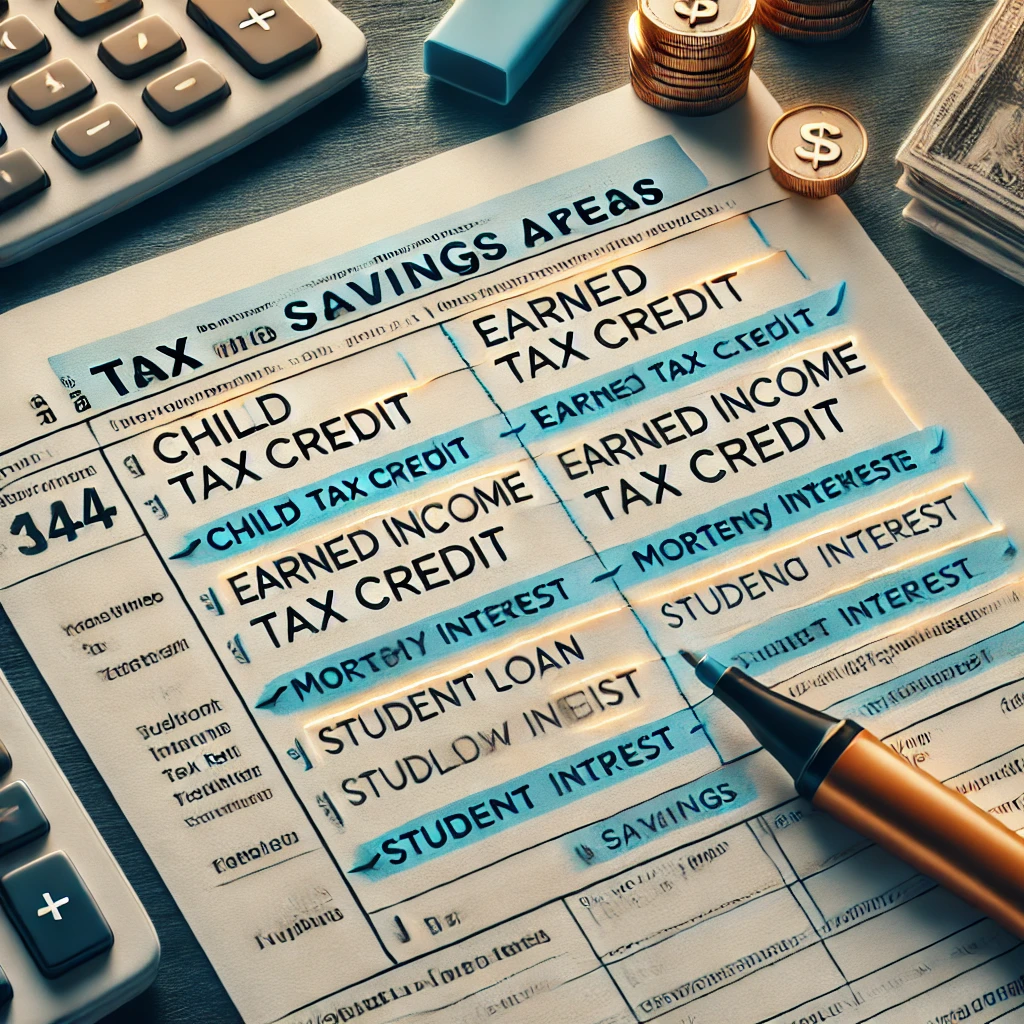
Filing income taxes can feel intimidating, but it’s an essential responsibility for U.S. residents. Whether you’re filing for the first time or just need a refresher, this guide breaks down the must-knows, helping you navigate the process without unnecessary complications.
Who Needs to File?
Not everyone is required to file an income tax return. If your income meets specific thresholds—determined by your age, filing status, and type of income—you must file. For example:
- Single filers under 65 with an annual income of $14,600 or more in 2024 are required to file.
- If you earned self-employment income exceeding $400, you must file, regardless of your age or other income.
Additionally, if you’re eligible for certain tax credits (like the Earned Income Tax Credit) or if you had tax withheld from your paychecks and might be due a refund, filing is still necessary.
Key Dates to Remember
The IRS operates on tight deadlines. Here are critical dates to keep in mind:
- January: Tax season begins, and you can start submitting returns. W-2 and 1099 forms are sent by your employers and clients by the end of the month.
- April 15: The standard deadline for filing your federal income tax return. If it falls on a weekend or holiday, the due date shifts to the next business day.
- October 15: If you’ve requested an extension, this is your new deadline to file.
Missing these deadlines may result in penalties or interest, so mark your calendar!
Why Filing Matters
Apart from being a legal requirement, filing your taxes ensures you’re paying your fair share to support public services like education, healthcare, and infrastructure. It’s also an opportunity to claim deductions and credits, potentially reducing how much you owe or increasing your refund.
Practical Takeaway: Your Quick Tax-Filing Checklist
Here’s how to determine if you need to file:
- Assess your annual income and compare it to the IRS thresholds based on your filing status.
- Review your employment type—self-employed individuals often have distinct requirements.
- Check for forms like W-2, 1099, or others provided by employers or financial institutions.
And don’t forget these deadlines:
- January: Collect your forms.
- April 15: File your taxes (or request an extension).
- October 15: File if you’ve extended.
This article is just the beginning of a week-long series on income tax filing. Stay tuned as we explore more tips and detailed insights to help you navigate the process like a pro.
Don’t miss tomorrow’s installment!
Disclaimer:
“The information provided on this website is for educational purposes only and does not
constitute financial, investment, or tax advice. Please consult a qualified professional for
personalized guidance.”






